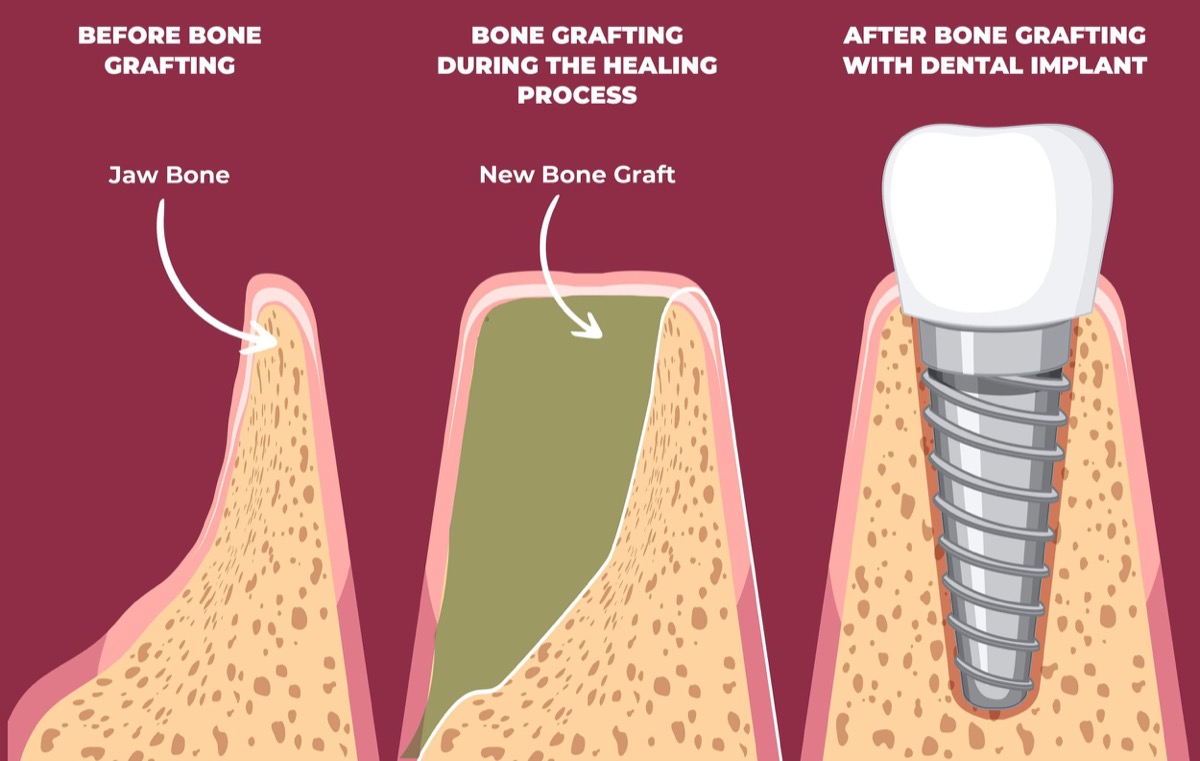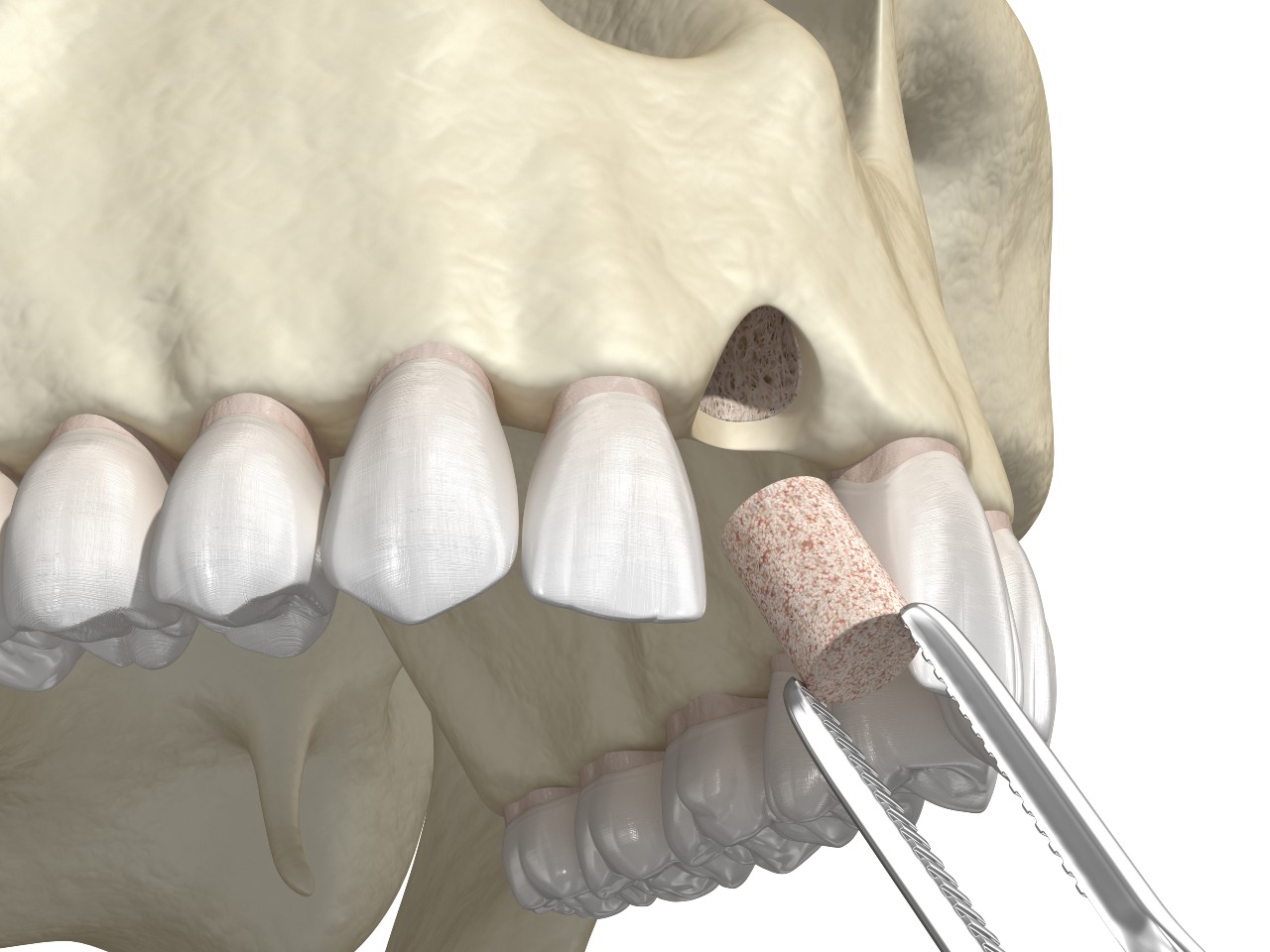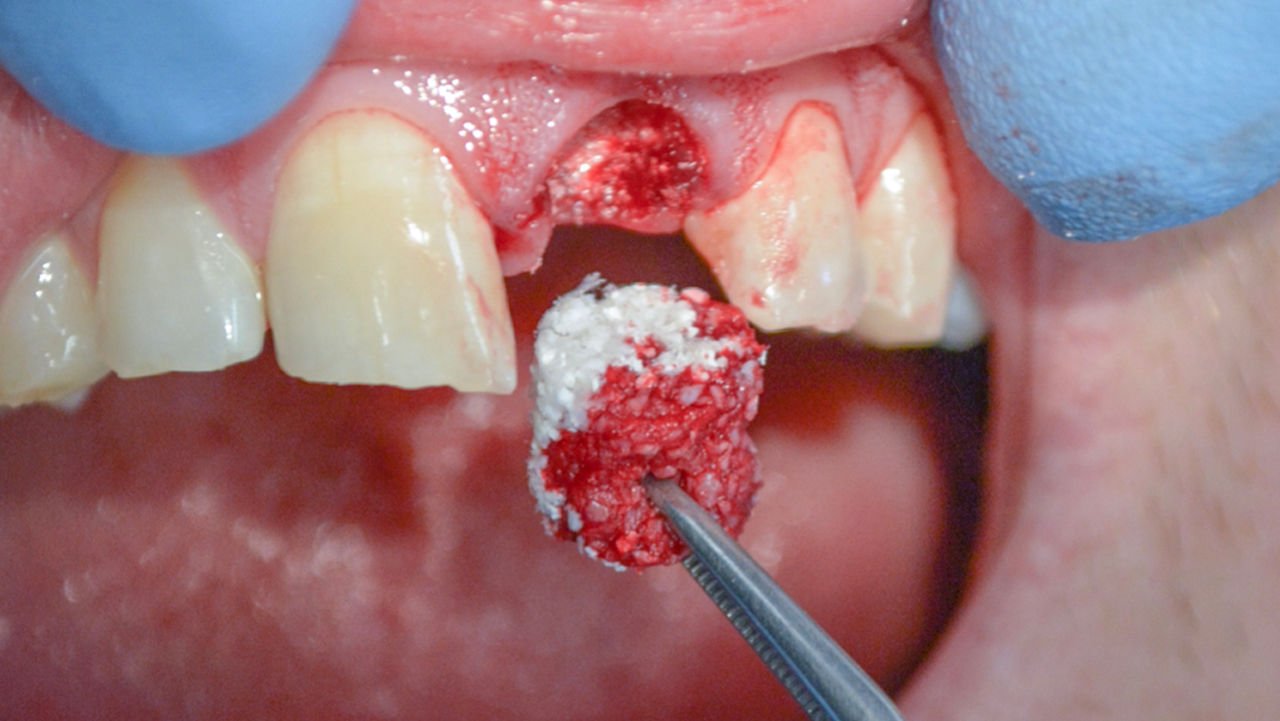The article has been done by a Revered health and wellness blogger who is interested in the field of dental care, oral surgery, and contemporary medical procedures. Having many years of experience in writing highly detailed yet patient-friendly manuals on even the most complicated procedures, such as dental bone grafting, the writer hopes to make the process as simple and understandable to all people. By incorporating scientific accuracy with clear explanations, the author aims at making patients feel knowledgeable and prepared to make decisions concerning their oral health rather than feel educated and put in control when making treatment decisions.
Introduction
The contemporary world of dentistry has transformed way beyond fillings, crowns and extractions. Among the most brilliant changes in the recent past has been the introduction of processes that not only rebuild dental functionality through dental implants but also do rebuild and strengthen supporting structures of the mouth. Of these, the dental bone graft is one of the procedures that has brought science and biology together with surgical precision to provide a platform towards greater oral health. A bone graft to the average person might sound scary, and might make them envision long recoveries and complicated procedures.
However dental bone graft has become an easy, common, and standard procedure that is highly successful in patients that have suffered bone loss in their jaw. A dental bone graft is a surgery in which the bone is added to the jaw to replace or supplement the bone that was lost as a result of trauma, infection, gum disease, or loss of a tooth. The process, other than reclaiming the volume and density of the bone, also offers the support that is necessary in such cases as dental implants or other restorative procedures.
Because the graft material integrates with the existing jawbone with time, it may provide a greater and more secure basis that helps patients restore their functions, aesthetic appeal and dental health. In order to realize the significance of dental bone grafts, it would be necessary to have a closer examination of the anatomy of the jawbone, how bone loss happens and the technology involved in situations where it is possible to regain bone loss.
In this blog post, we will learn all about dental bone grafting including its historical element and purpose, the procedure itself, the different forms of bone grafts, the recovery process, and the advantages and risks associated with it, frequently asked questions will also be answered. After this extensive discussion, you will know the inner dynamics of how this curative approach works, why it is essential and how it is gearing up to reshape the future of dentistry.
The Importance of Jawbone in Oral Health
Jawbone is much more than a framework to place the teeth on. It is a dynamic tissue that will constantly reprocess itself against the forces of chewing and the existence of teeth. When teeth have fallen out, the bone beneath them starts to decay since no longer is it receiving stimulation to keep it strong and dense. This is called bone resorption and can take place slowly but with very serious implications. Not only does this complicate dental restoration but it also alters the face of a person causing it to look saggy and thinned out or aged.
Bone loss may also destabilize neighbor teeth, cause problems to speak and eat, and make dental implants impossible without prior treatment. That is why the use of dental bone graft does not only involve the aspect of aesthetics, but also on restoring functional health. Repairing the jawbone through adding bone material, dentists have a chance to restore all-natural jaw shapes and preserve the integrity of the face, opening up the possibility of receiving treatments that must be securely held in a solid jawbone framework.
Causes of Bone Loss in the Jaw
There are a couple of reasons behind bone loss in the jaw and learning these reasons can make patients realize why dental bone grafting is needed. Periodontal disease, otherwise referred to as gum disease is one of the major causes. This long-term bacterial infection destroys not only the gums and the structures that hold it together, but it also tends to destroy the bones around the teeth. Fractures or bone defects may also result due to trauma or injury of the face or jaw and may need grafting to salvage it. Elimination of the teeth without replacement is another popular reason that leads to bone loss.
When a tooth is lost, the jawbone that surrounded it starts to deteriorate with time. In situations where the patients put off the tooth replacement to years, the bone loss may be tremendous which requires a graft before dental implants can be put into consideration. Any infections, cysts, tumors, and developmental deformities may also add to bone deficiencies. Some health conditions including osteoporosis may reduce the strength of the bones in the jaw.
With the help of dental bone grafting, dentists prevent future destructive effects, as these causes are being addressed, thereby restoring the lost structure and making the treatment of dental conditions in the future successful.
What is a Dental Bone Graft?
A dental bone graft refers to the surgery used to replace or augment the bone found in the jaw areas that became eroded. This process involves the use of bone materials that are cut, in cases of the patient or in cases of the donor, where they may be taken and possibly, manufactured. This graft material serves as a scaffolding material, where new bone cells will be able to develop and integrate with the patients own natural bone. The graft eventually becomes undistinguishable with the original jawbone and forms solid and healthy pillar over a given period of time.
Dental bone grafts are of many types, each with different areas of applications, and benefits. Autografts are grafts where the bone is taken out of the patient and most commonly the parts used are the chin or hip bone. Allografts are applied to human donor bone that has been treated with care to make sure it is safe and well matched. Xenografts are animal tissues usually bovine bones that have been treated as to be safe when applied to humans. Lastly there are the alloplasts which utilize synthetic bone which is made of biocompatible materials is used to induce bone regeneration.
Graft selection is based on the condition of the patient, extent of bone loss and treatment intentions. All these options possess certain qualities of healing and potential advantages, however, they all are aimed at providing strength and support to the jawline.
The Dental Bone Grafting Procedure
The procedure of undergoing a dental bone graft usually starts with a complete examination and diagnostic capabilities through either X-rays or CT scans to determine the level of the bone loss. On completion of developing the treatment plan, the patient is made ready to perform the procedure. Sedation or local anesthesia can be administered to make the surgery comfortable. In the process, the dentist or an oral surgeon cuts a small incision on the gum tissue in order to expose the jawbone. The graft material will then be placed on the deficient area and be anchored, aided at times with special membranes or screws.
The gum tissue is replaced over the location and healing commences. During the subsequent months, the grafting material becomes fused with other bones by a process known as osseointegration whereby natural bones infiltrate into and around the graft. The length of time taken to heal after a graft depends on the size of the graft, material used and the general wellness of the patient. Mostly, it requires three to nine months to be totally healed. When the graft has healed, the jawbone is sufficiently strong to hold dental implants, or other dental treatments.
Recovery and Healing After a Dental Bone Graft
Healing after a dental bone graft is relatively easy, but needs time and good follow-up care. The following days after surgery, there are chances of swelling, discomfort or even minor bleeding although these symptoms cease within a period of one week. Dentists usually prescribe pain medications and antibiotics as well. Patients are also warned against some activities during the period of healing when they must avoid lifting heavy loads, smoking, or application of pressure on the grafted area. A soft food diet is prescribed in order to limit the pressure on the healing site.
The late post-operative care should also include follow-up visits to help assess progress and initiate adequate care to help the graft blend appropriately. With time new bone is grown at the graft site which strengthens it over time. Patients tend to get the best out of the treatment as it not only makes their health dentally better but also helps them to regain their lost confidence, especially before undergoing a treatment that requires a solid foundation like dental implants.
Benefits of Dental Bone Grafts
Dental bone grafting has advantages that are more than just replacing lost bone. It can also get dental implants that are the best speakers of missing teeth. The lack of sufficient bone support camouflages the placement of implants and the solution has to be the bone grafting. In addition, oral functions are enhanced and it becomes easier to chew, speak and achieve overall dental stability. In aesthetic terms, bone grafting avoids a sunken look of long-term tooth loss to allow patients to retain a youthful, natural facial shape. Besides, the procedure significantly stops the process of the bone loss, maintaining oral health in the future.
Risks and Considerations of Dental Bone Grafting
There are also dangers involved with dental bone grafting as in any surgery. These can be an infection, rejection of the graft, nerve damage or delayed healing. Nowadays, these complications are not very frequent as surgical techniques and the material of graft have been improved. The likelihood that a dental bone graft will be successful is tremendous especially when expertise in carrying out the procedure is deployed and followed up with effective after-care.
Patients should also provide their medical history, use of medications, and lifestyle to the dentist prior to receiving the procedure. To influencing healing and the success of the graft are such aspects as smoking, uncontrolled diabetes, or certain medications.
Future of Dental Bone Grafting
The dental bone grafting field has not stopped developing new technologies which guarantee even better results. Stem cell research, the use of growth factors, and tissue engineering are all areas that are the focus to increase the process of bone healing and decrease the amount of time it takes to heal. Synthetic graft material is becoming more refined as directed towards matching the natural bone as well as encouraging bone growth at a quicker rate. These developments will further make dental bone grafting more accessible, predicted, and successful, which means more patients will enjoy its effectiveness.
Frequently Asked Questions
How long of a wait is the recovery time on a dental bone graft?
After the procedure, depending on the nature and large size of the graft, recovery can take place between three and nine months before implants are put.
Dental bone graft,范 gravure bone graftDoes or does not it manifest physical pain?
Surgery is not painful since it is conducted under anesthesia. Much of the discomfort incurred happens during the healing process and is moderately bearable with medications.
Is there a dental bone graft failure?
Although uncommon, grafts have failed as a result of infection, inadequate blood flow, or other health problems. The risks of these risks are mitigated by great deal when one selects a seasoned dental professional
Are bone grafts necessary in the dental implants?
Not every implant should be grafted This depends on the jawbone density/volume of the patient. Imaging tests assist in the provision of information on whether a graft is essential or not.
Are bone grafts safe?
Bone grafting is thought to be a safe and reliable procedure. Donor and all synthetic materials are heavily evaluated and processed to be safe.
Conclusion
A dental bone graft procedure is more than the bone graft surgery; it is a procedure that offers life-changing results by restoring health, functionality as well as appearance to the mouth. Bone grafting also provides an opportunity to effectively replace lost bone because of dental infections or loss, trauma, or even missing teeth. Possessing impressive surgical success rates and reasonable recovery periods, along with the ever-evolving technologies, dental bone grafting can be considered one of the most potent instruments of the modern dental world.
Before seeking this procedure, patients are encouraged to seek advice with a qualified dentist or oral surgeon to become educated on the procedure and form fair decisions about their oral health. By doing so they not only invest in their smile, but in their general well-being and quality of life.
